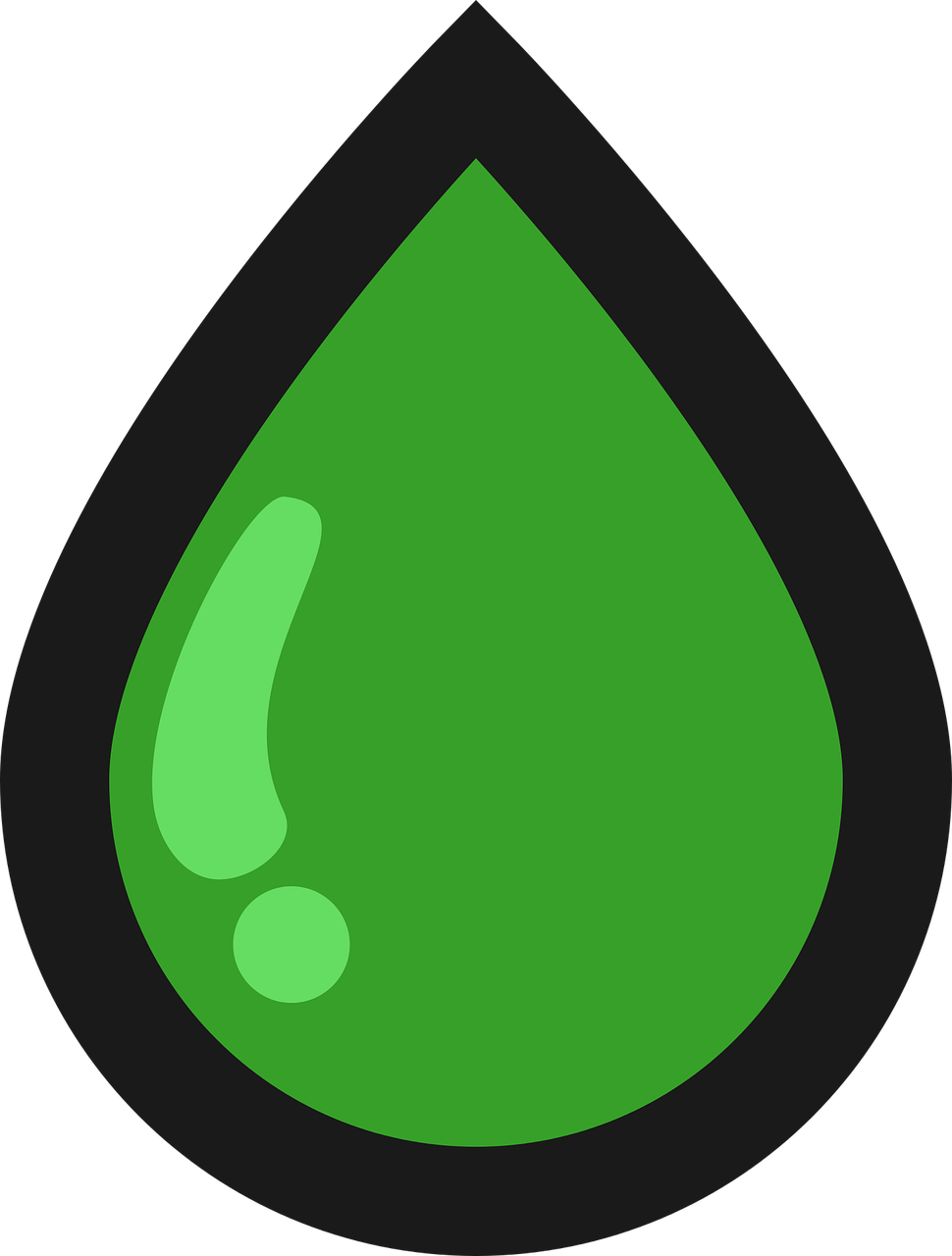Key Takeaways:
– The production of CBD oil begins with the cultivation of hemp plants with low THC concentration.
– Hemp flowers are dried to remove moisture before CBD extraction.
– CO2 extraction is the most recommended method for extracting CBD from hemp plants.
– CBD oil is mixed with a carrier oil to create the final product.
– CBD oil can be consumed in various ways and the dosage should be adjusted based on individual needs.
Introduction
CO2 extraction work? In this method, carbon dioxide is used as a solvent to extract the CBD from the hemp plant. The process involves using high pressure and low temperatures to turn the CO2 into a supercritical state, where it acts as both a liquid and a gas. This supercritical CO2 is then passed through the hemp plant material, extracting the CBD along with other beneficial compounds. The advantage of CO2 extraction is that it allows for a clean and efficient extraction process, without the use of harsh chemicals or solvents. It also allows for precise control over the extraction process, resulting in a high-quality CBD oil.
Once the CBD has been extracted, it is then mixed with a carrier oil to create CBD oil. Common carrier oils include hemp seed oil, coconut oil, and olive oil. The choice of carrier oil can affect the taste and texture of the CBD oil, so it is important to choose a high-quality carrier oil that complements the CBD.
CBD oil can be consumed in various ways, including sublingually (under the tongue), topically (applied to the skin), or ingested in food or beverages. The dosage of CBD oil can vary depending on the individual and their specific needs. It is recommended to start with a low dosage and gradually increase until the desired effects are achieved.
The cultivation of hemp plants:
Hemp plants with low THC concentration are legally cultivated in Europe for the production of CBD oil. Farmers with special permits grow EU-certified industrial hemp on clean soils. The cultivation process ensures that the hemp plants meet the legal requirements and are free from toxins.
Drying the hemp flowers:
After harvesting, the hemp flowers need to be dried to remove moisture. This is done in a cool, dark, dry, and well-ventilated room. Heat should be avoided to preserve the valuable components and cannabinoids in the hemp. Drying typically takes around 5 to 7 days.
Extraction Methods:
There are various methods for extracting CBD from the hemp plant, but the most recommended method is CO2 extraction. This method uses carbon dioxide as a solvent to extract the CBD, resulting in a clean and high-quality end product. Other extraction methods, such as solvent extraction, ethanol extraction, and olive oil extraction, are not as efficient or reliable.
CO2 Extraction:
CO2 extraction involves using high pressure and low temperatures to turn carbon dioxide into a supercritical state. This supercritical CO2 is then passed through the hemp plant material, extracting the CBD and other beneficial compounds. CO2 extraction is the preferred method for premium CBD providers due to its efficiency and quality.
Other Extraction Methods:
Solvent extraction involves using solvents like butane or ethanol to extract the CBD from the hemp plant. This method can leave behind traces of the solvent in the final product, which may not be desirable. Ethanol extraction is similar but uses ethanol as the solvent. Olive oil extraction involves heating the hemp plant material in olive oil to extract the CBD. While these methods may be cheaper, they are not as effective or reliable as CO2 extraction.
Mixing with Carrier Oil:
Once the CBD has been extracted, it is mixed with a carrier oil to create CBD oil. Common carrier oils include hemp seed oil, coconut oil, and olive oil. The choice of carrier oil can affect the taste and texture of the CBD oil, so it is important to choose a high-quality carrier oil that complements the CBD.
Consumption and Dosage of CBD Oil:
CBD oil can be consumed in various ways, including sublingually, topically, or ingested in food or beverages. The dosage of CBD oil can vary depending on the individual and their specific needs. It is recommended to start with a low dosage and gradually increase until the desired effects are achieved. It is also important to consult with a healthcare professional before starting CBD oil.
Conclusion:
CBD oil production involves the cultivation of hemp plants, drying the hemp flowers, extracting the CBD using methods like CO2 extraction, mixing with a carrier oil, and determining the appropriate dosage for consumption. The use of CO2 extraction ensures a high-quality and pure CBD oil. CBD oil offers various potential benefits and can be consumed in different ways to suit individual preferences. It is important to choose a reputable CBD provider and consult with a healthcare professional for personalized advice.



